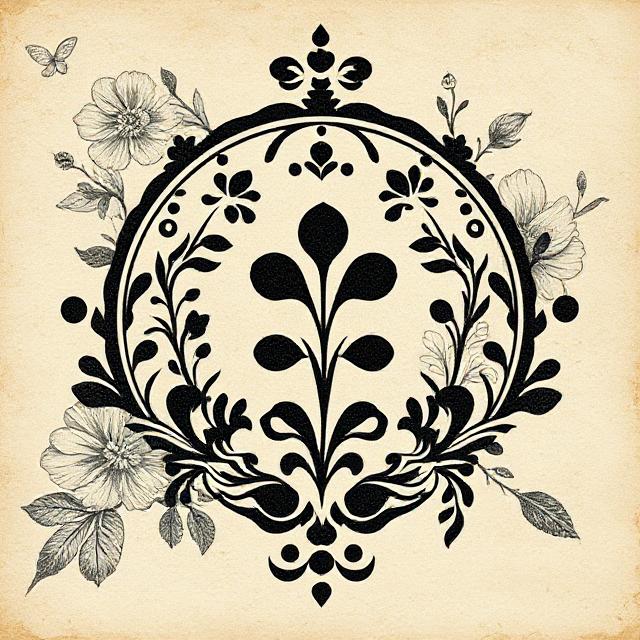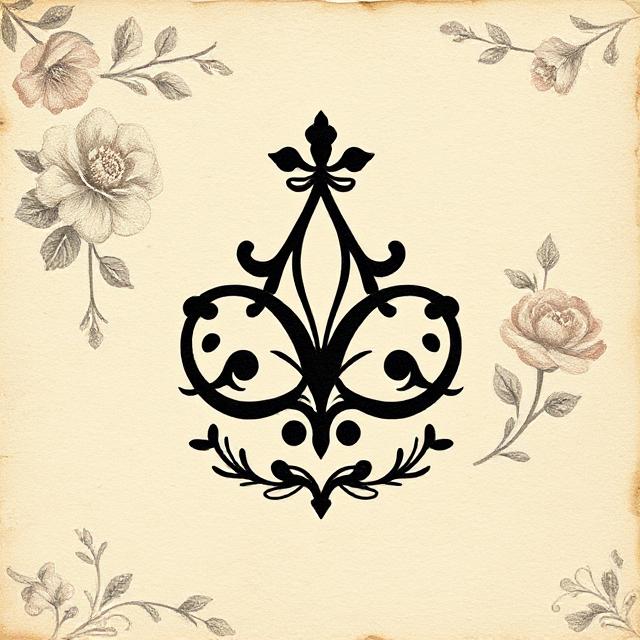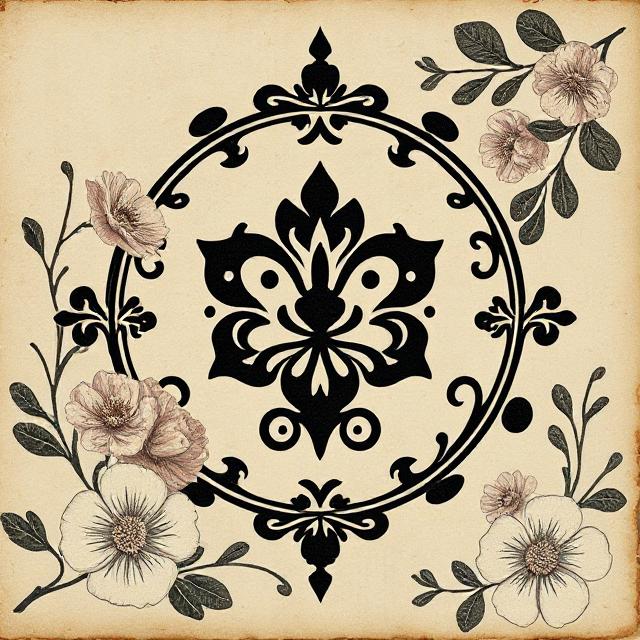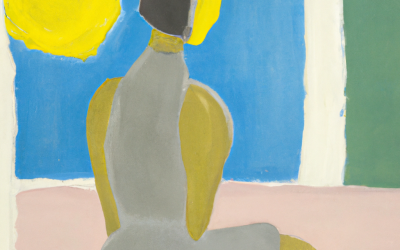So You Made a Painting. Now What?
You’ve created something bold, beautiful, maybe even a little weird in the best way. You’ve splashed your soul on a canvas, sculpted your dreams into bronze, or captured your existential angst through interpretive pasta.
But then what?
If you’re hoping to sell your work or get noticed by art collectors, there’s something else you’ll need—a clear creative vision.
Now don’t panic. This doesn’t mean you need to write a ten-page dissertation on your color choices or invent a tragic backstory involving haunted brushes. It just means that you know what you’re about. And—bonus!—you can communicate that with a sprinkle of confidence and a pinch of charm.
What Do Art Collectors Actually Want?
Art collectors aren’t just randomly grabbing things off gallery walls like they’re at an IKEA fire sale. They’re curating something. They’re building a story, a vibe, a world—and they want artists who are doing the same.
In short:
Art collectors have a creative vision for their collection.
And they’re looking for artists with a creative vision of their own.
That’s right. They’re not just buying a painting—they’re buying into your worldview. Your lens. Your weird and wonderful obsessions. Your ability to make the ordinary extraordinary, or the extraordinary oddly relatable.
Your Work Has a Pulse—Can You Hear It?
Having a clear creative vision doesn’t mean every piece must be identical or that you can never evolve. It means there’s a thread of intention running through your work. A heartbeat. A why behind the what.
Maybe it’s:
-
A fascination with memory and impermanence.
-
A rebellious streak against perfection.
-
A color palette that would make a tropical bird weep with envy.
-
A quiet meditation on stillness, or a loud party about chaos.
Whatever it is, own it. And then articulate it—without turning into an art robot reciting gallery jargon.
How to Develop (and Communicate) Your Creative Vision
Let’s break it down in human terms:
1. Ask Yourself the Big Questions
-
What am I trying to say with my work?
-
What themes do I return to again and again (even subconsciously)?
-
What lights me up creatively?
2. Connect the Dots
Look at your body of work and notice patterns: colors, moods, subjects, symbols. What keeps showing up? What feels essential?
3. Write Like a Human
Your artist statement (or website bio, or Instagram caption) doesn’t need to sound like a grad thesis. Just talk about your work like you’d explain it to an intelligent friend—with honesty, clarity, and a little heart.
Art collectors aren’t grading your grammar. They just want to understand you, because when they do, they’ll feel more connected to the work—and more confident bringing it into their world.
Why Clarity Is Sexy (Yes, Even in the Art World)
Let’s say you walk into a gallery. One artist’s work screams:
“I make tender, melancholic portraits of suburban loneliness using vintage wallpaper.”
Another says:
“I paint… stuff. I just feel things. Sometimes.”
Guess who the collector’s going to remember?
Exactly.
Clarity makes you memorable. It makes your work easier to place, collect, and talk about. And when a collector sees your vision lining up with theirs? That’s magic. That’s a match.
But What If I Don’t Know My Vision Yet?
Totally normal. Artistic vision isn’t a lightning bolt—it’s more like a constellation that slowly reveals itself.
Keep making work. Pay attention to what you love, what you avoid, what you come back to again and again. And if you’re mid-exploration, say that. There’s power in transparency.
Collectors love watching an artist evolve—but they still want to see that you’re on a path, not just spinning in circles.
A Final Word (or Three)
You don’t need to fit into a box to be collected. You don’t need to have a branded font or an elevator pitch that ends with jazz hands.
What you do need is:
-
Consistency
-
A little bit of clarity about who you are and what your art is trying to say
That’s what draws collectors in. That’s what builds trust. And that’s what makes your work not just good—but collectible.
TL;DR
If you’re an artist hoping to connect with collectors, your creative vision is your north star. It doesn’t have to be flashy or final—but it should feel real. When your work has heart, direction, and soul, it doesn’t just hang on a wall.
It speaks.
And collectors? They’re listening.





















